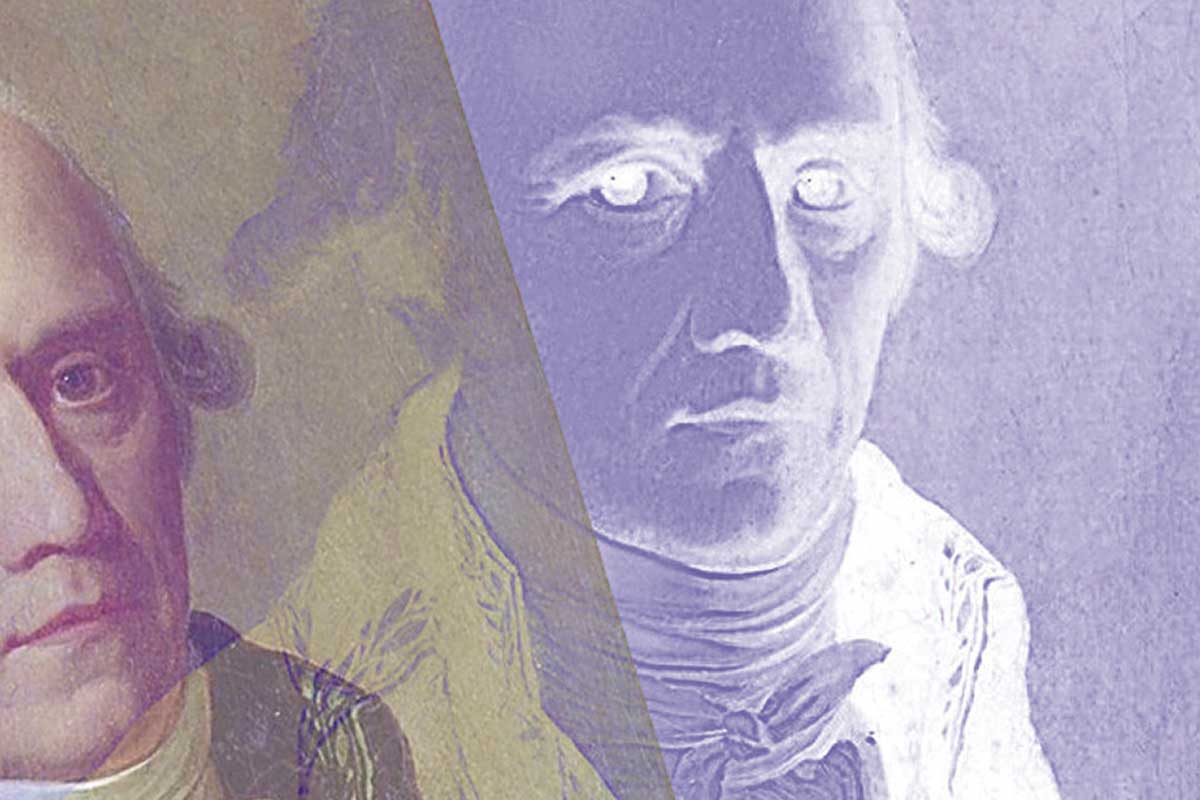
Brilliant minds show a peculiar tendency to indulge in bold and audacious creative outbursts. A mind that walks along the edge of the abyss of knowledge can elevate its possessor to the highest cultural echelon; but when the shot goes wrong, it can also sweep their reckless ideas under the carpet of oblivion. I suspect that most eminent figures in science have missed the mark more than once, which is understandable and should not be judged harshly. It would not be fair to condemn Pythagoras for his theory of metempsychosis, and reject the rest of his work for it; or to consider Galen a foolish and imprudent physician for his memorable anatomical errors; or to reject Edison’s inventions because of the defeat of direct current over alternating current as a method of transmission of electricity. They all had their blunders, but we remember them for their achievements.
The opposite is true of Jean-Baptiste de Lamarck: of his varied and, at times, revolutionary work, only his failed attempt to elaborate a coherent theory of the evolutionary process has remained in popular teaching. When we develop the film of his work, we are left with just the negative. This mess can hardly be resolved – not even with the help of modern epigenetics. It would require an unbiased reading rather than a caricature of a group of giraffes – an animal which, incidentally, he cited only in a small paragraph in his extensive Zoological Philosophy and in a short appendix to Investigations on the organization of living bodies.
He wrote on botany, geology, physics, meteorology… and, of course, biology. In his Flore française, he introduced the dichotomous key, which facilitates identification. He was one of the great systematisers of the animal world, specialising in invertebrates – one of the many taxonomic groups he created. His study of animal classification, confronted with the tremendous task of bringing order to the invertebrate group, showed him that the concept of species is abstract and arbitrary – something that would also happen to Darwin when he immersed himself in the classification of barnacles. His plan for trying to understand the natural world started from a materialistic conception, based on the physical and chemical properties of organic compounds. Lamarck strongly rejected any mystical explanation of the processes that we observe in nature, which was quite a temerity in the early 19th century, and which Darwin dealt with in a more measured way.
His reflections on the inner workings of the nervous system, which have gone unnoticed, are in many cases surprisingly advanced. For Lamarck, the mind was a consequence of the physical organisation of the brain and its activity, in particular the cerebral cortex, and he therefore rejected the idea of an immortal soul. He identified the motion of animals as the reason for the existence of the nervous system. From the period’s knowledge of electricity and the so-called galvanism, he accepted the idea that (because of its speed) the nervous system must function with something «analogous to electric fluid»; he separated the mind from the self-conscious mind, and reflex acts («irritability») from voluntary acts mediated by conscious perception («feeling»); he rejected Gall’s phrenology, a consequence of too vulgar an abuse of the imagination; he regarded dreams as a disordered and confused activation of memory; and, taking part in a current debate, he rejected the existence of free will.
These and other flashes of genius were drowned in a work that is dense and in which many of the mechanisms he proposed were unscientific fantasies. In his criticism of Gall, Lamarck commented that excesses and abuses very often spoiled the good that he had been able to produce. The mote out of another man’s eye.





